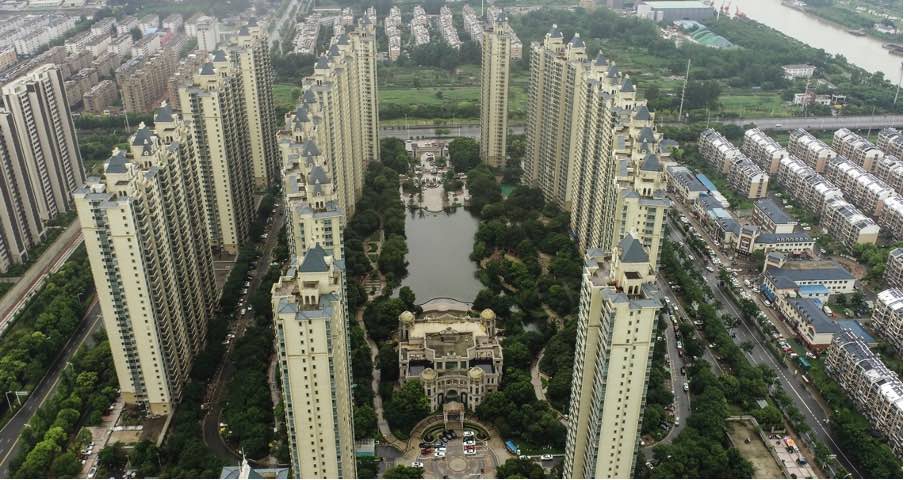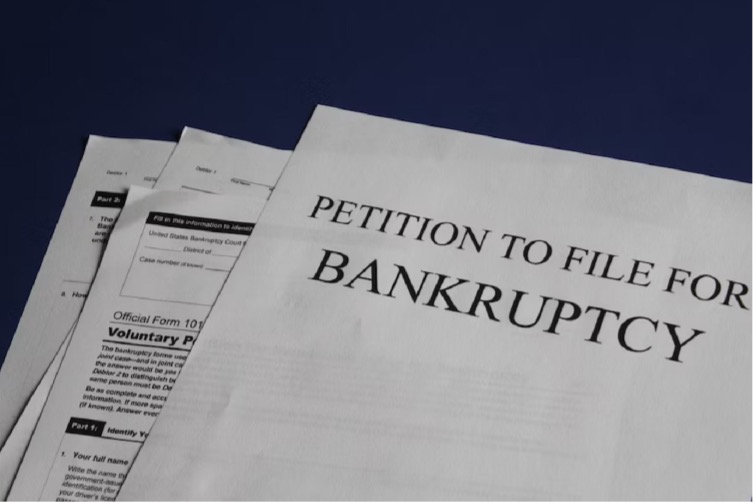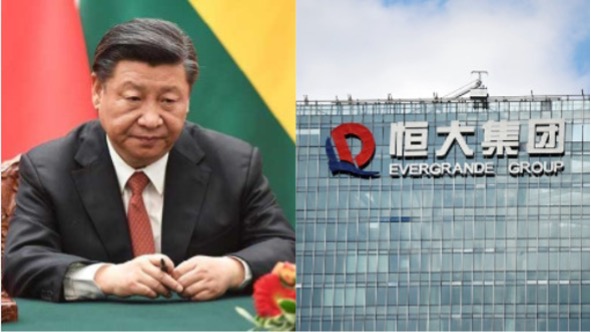The bankruptcy of China Evergrande Group considered to be one of the most far-reaching event in the annals of corporate history has been making to the headlines as it’s shares are bleeding in red and reports saying that in Jan-June 2023 it incurred a net loss of around 4.53 billion USD.
The collapse of the Evergrande , China’s second-largest real estate company sent shockwaves through the financial world which led even Moody to say that ‘Evergrande is out of cash and time’. For years, Evergrande, considered to be the poster child of China’s property boom was expanded at a breakneck pace, becoming the country’s second-largest property developer by sales. Heralded as a symbol of China’s economic prowess and the world’s most valuable real estate company, Evergrande’s downfall has raised questions about the broader implications for not only China’s property sector but also the world’s financial system.
In this article, we will delve into the events leading up to Evergrande’s bankruptcy, examining its root causes and analyzing the repercussions for China and the world, along with considering the government’s response to this unfolding crisis.

Evergrande’s journey began in 1996. Over the years, it evolved into a symbol of China’s economic prowess, becoming the country’s second-largest property developer. Initially it expanded at a breakneck pace and then diversified into various sectors like electric vehicles, theme parks, health care, and finance. As a result, it accumulated an enormous debt burden while simultaneously becoming a prominent player in China’s real estate market.
The simple formula central to the Evergrande crisis was to borrow in order to buy land and selling those homes on the site even before they are built. The money was thereafter used for paying the lenders so that they could finance the next real estate project. For the initial two decades, starting in the mid-1990s, this put them in a very advantageous position as Chinese home prices soared and this approach proved to be one of the deciding factor for turning this company, China Evergrande Group, into a vast real-estate empire.
These highly leveraged financing ways to carry out its market occupation and expansion came with its potential risks of uncertainty to Evergrande and the greater share of short term liabilities kept the property developer on the margins of breaking capital chains.
But as Evergrande started accumulating debt, the company resorted to ever-more unwonted strategies to raise funds. It relied a lot on debt financing to finance its projects, including residential and commercial properties along with diversifying into non-core businesses such as electric vehicles (EVs), tourism, and even a soccer team. All these took a toll on the already indebted property developer as this endeavour demanded a lot of resources which were rerouted away from its core operations.
This was exacerbated by liquidity crisis and tightened government regulations, wherein it couldn’t meet its short-term financial obligations, paying suppliers, or servicing interest on its debts resurfacing the concerns about the company’s inability to pay back its debt as the government was imposing stricter regulations on the real estate industry to rein in speculation and mounting property prices.

These regulations put caps on home prices and limits on borrowing by property developers leading it to miss payments on its debt obligations, interest payments on its bonds. Hence this combination of government regulations and a cooling property market led to the downfall in Evergrande’s property sales and reduced the company’s cash flow thus making it challenging to meet the debt obligations and finance ongoing projects and hampering the company’s financial stability.
Evergrande subsidiaries initially were exhorting the staff to buy financial products from the group’s wealth-management unit and some were even asked to spend up to half of their salaries on such products. It’s story also divulged the inner functioning of this property giant, from the days of sky-rocketing real-estate prices to the impetuous downfall of the company when incensed retail investors advanced their moves in the company’s offices.
The Evergrande bankruptcy was a cause of concern for thousands of homebuyers who had purchased properties from the company and also posed Contagion Risk as the interconnectedness of China’s financial system with the rest of the world had broader implications for banks, other developers, and investors.

Global Implications of the Evergrande Bankruptcy
The Evergrande crisis did not only affect China but had significant repercussions for the global financial system. Financial markets across the world experienced turbulence as investors were wary of the contagion effects. The uncertainty surrounding the resolution of the crisis added to market volatility leading to heightened risk aversion among investors globally. The crisis lead to a re-assessment of foreign direct investment in China as the Companies and investors became more cautious about investing in Chinese real estate and related sectors. Evergrande defaults on its obligations lead to financial losses for these investors, impacting portfolios and investments worldwide.
All this accompanied by the soaring prices had ripple effects on the steel and iron ore markets where suppliers faced the prospects of unpaid bills from the property giant, impacting global supply chains and prices. The smaller Chinese property developers faced higher borrowing costs, tighter credit conditions and scrutiny as a result of the crisis as they too had to navigate China’s regulatory crackdown on debt and property speculation.
As a move to address the crisis and prevent systemic risks, the Chinese government and regulatory authorities emphasised on deleveraging by urging property developers, including Evergrande, to reduce their debt levels by imposing restrictions on borrowing in order to facilitate their debt-to-asset ratios. This had to be done via engaging in the sales of the asset by selling off the non-core assets and selling stakes in subsidiaries and real estate projects to increase its liquidity. In order to avoid immediate defaults, Evergrande was pushed to negotiate with bondholders and reach agreements on repayments for its defaults and regulatory bodies were monitored to prevent any systemic risk. The ruling dispensation also worked to prevent any situation of Panic among investors and homebuyers by reassuring the public of the measures in place to tackle the crisis.

Takeaways From the Crisis
The Evergrande crisis offers several important lessons that can be applied not only to the real estate and financial sectors but also to broader economic and investment considerations. The foremost lesson that it taught is that investors and creditors should conduct thorough risk assessments and due diligence before investing in or lending to companies, especially those in highly leveraged and speculative industries like real estate.
Diversifying investments across different asset classes and geographic regions is of immense importance as it help mitigate risks associated with exposure to a single company or sector as a well-diversified portfolio is less susceptible to the impact of a single company’s failure.
It also underscores the importance of monitoring government policies and regulations, particularly in sectors with systemic implications as changes in government policies can have a profound impact on businesses and industries.
Companies should be wary of taking huge debts and consider striking a balance between debt and equity along with the need to ensure transparency in financial reporting by revealing about company’s financial health for investors enabling stakeholders in making informed decisions. Lending institutions, including banks and financial firms, should indulge in prudent lending standards and stress-testing to assess their exposure to risky borrowers and industries. Companies and investors should also prioritize long-term financial health and sustainability over short-term gains. Focusing on long-term viability can help weather economic downturns and financial crisis.
This crisis was also about recognising the importance of Government interventions and it’s ability in providing stability or exacerbating the problems. Governments should consider implementing measures to protect consumers and homebuyers when dealing with large-scale real estate developments. This includes safeguards for homebuyers’ deposits and escrow accounts and developing Businesses which could be adaptable and resilient in the face of economic challenges.
Hence, the Evergrande bankruptcy serves as a stark reminder of the perils of excessive debt, diversification without a clear strategy, and the significant impact of government policies in ensuring financial stability. While the crisis’s immediate consequences were felt in China, its implications reverberated through global financial markets, highlighting the interconnected nature of the world economy and underscoring the importance of prudent financial management in carrying out the operations.
Written by – Akansha Deswal
Edited by – Rajan Patel
